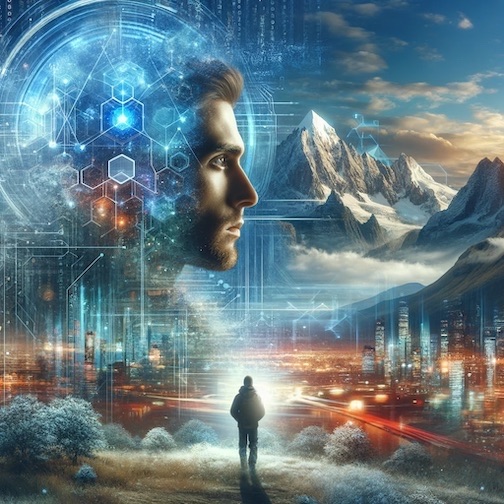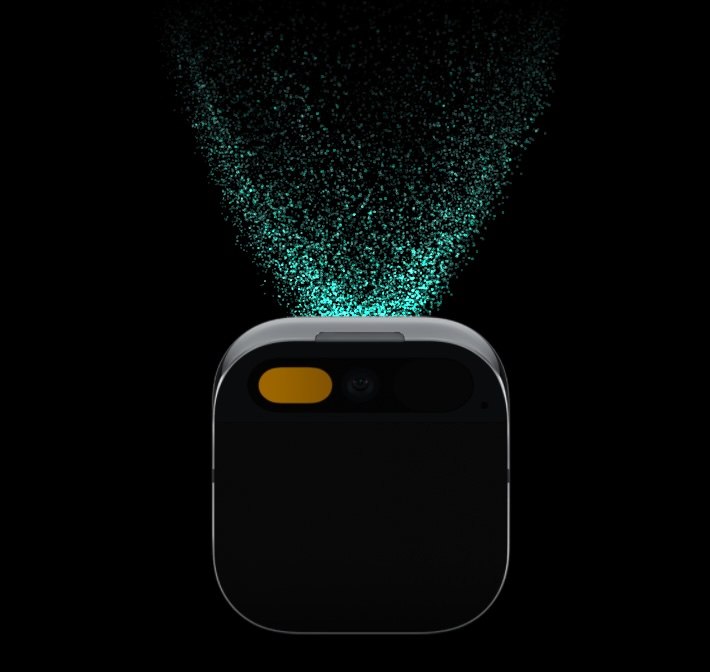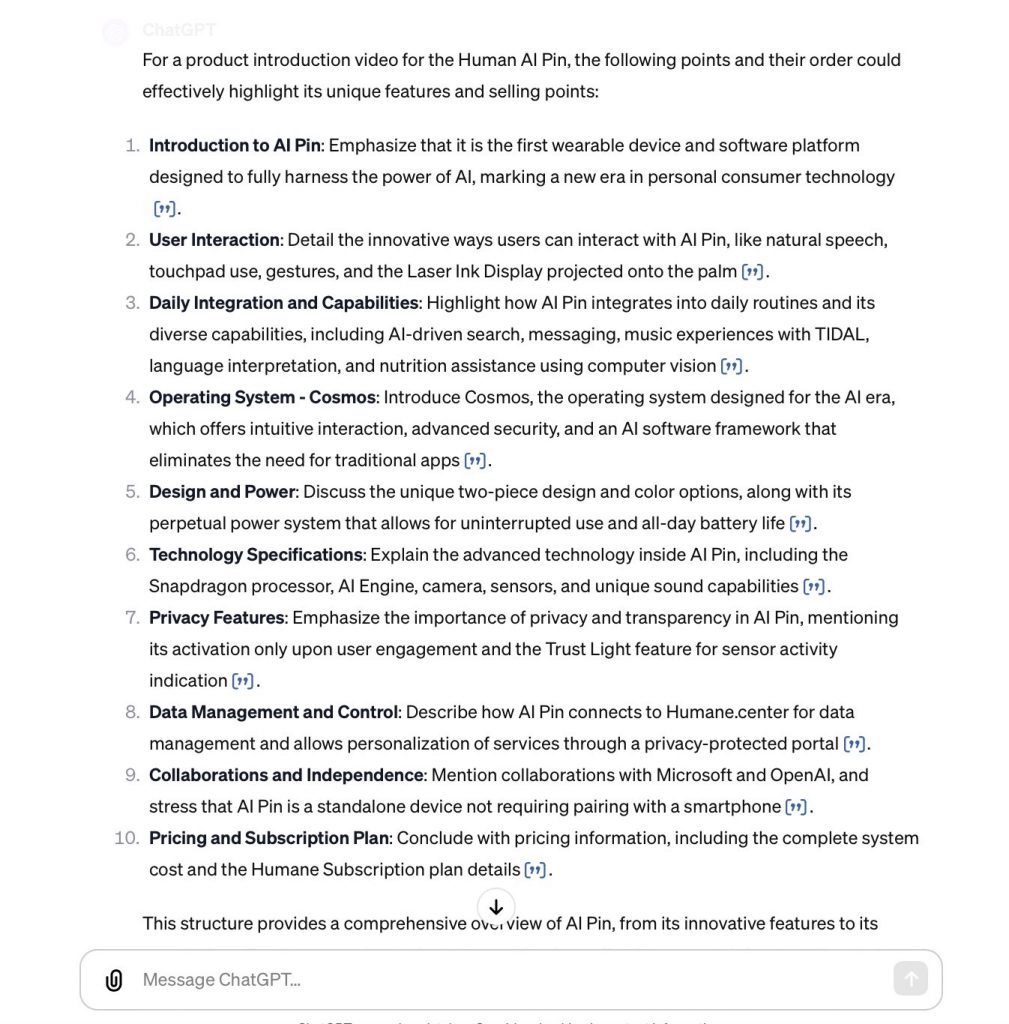There has been talk for several years that the VR and AR goggles will become glasses and even contact lenses or implants. The dream that a virtual reality of the real world could be all around the wearers.
A limitation has been how much info a person can carry with them without being tethered to a computer, as well battery life and the speed to access the information. The last two years has brought about hardware and software making a large jump forward. Smaller compact chips that are less power hungry and able to run LLMs of data and information presentation.
While many point back to early helmets and a world in a person’s imagination, technology is showing the imagination component is the creative part and not what is needed to step into a visual sensory environment to explore. These worlds are starting to move quicker to being overlaid in the world around a user so information and gaming is around every corner.
For about as long as there have been computers, there has been a need to use those computers to explore the limits of the world as we know it. Generally, users frame the box they can work within to be within what they can understand. Part of the ‘what if’ is the thought that the world as we know it is actually a free running game or software test. A line of thinking that wasn’t accepted since a computer needs guidance for what an environment and its inhabitants are. Recently there have been more examples of opening the box a bit for a computer AI to build on the knowledge of the world. It is assumed that humans will keep advancing the AI technology to the point it will start exploring it’s own experiments, outside of what a human is asking for. The concern is that the AI will find humans to be a virus or will want to protect it’s creators but ends up destroying them since the system doesn’t understand a part of the human race.
What if, instead, the AI chooses the right path to serve and protect the human race and is successful at it. To explore its thoughts on the many scenarios of its tests, the system will create use cases with human-like actors and environments similar to that which are challenged now. Trying different possible solutions, some will fail and the actors will not live a long happy life, helping the system to learn. The system can create many of these worlds to test with, each living many years in seconds of time for the computer, where the actors make decisions based on what they have to use. The system is only worried about the immediate scope of reach for the actors so it doesn’t have to build all the details of the galaxy. Some use case tests will start reaching out to the stars so that the system will expand as the actors explore and the system randomizes what could be found. With many environments, running at the same time, actors will make different decisions with different results. Some tests will fail quickly for the actors, perhaps the program lets the environment continue to run to see what can happen. There will be an almost uncountable environment tests running, all with similar starting points, to see how each will end.
Perhaps, when people talk about the human race we know around us now, it isn’t a game simulation, rather one of near unlimited tests going on to see possible results for an outside viewer to help them decide how best to serve and protect their world.



